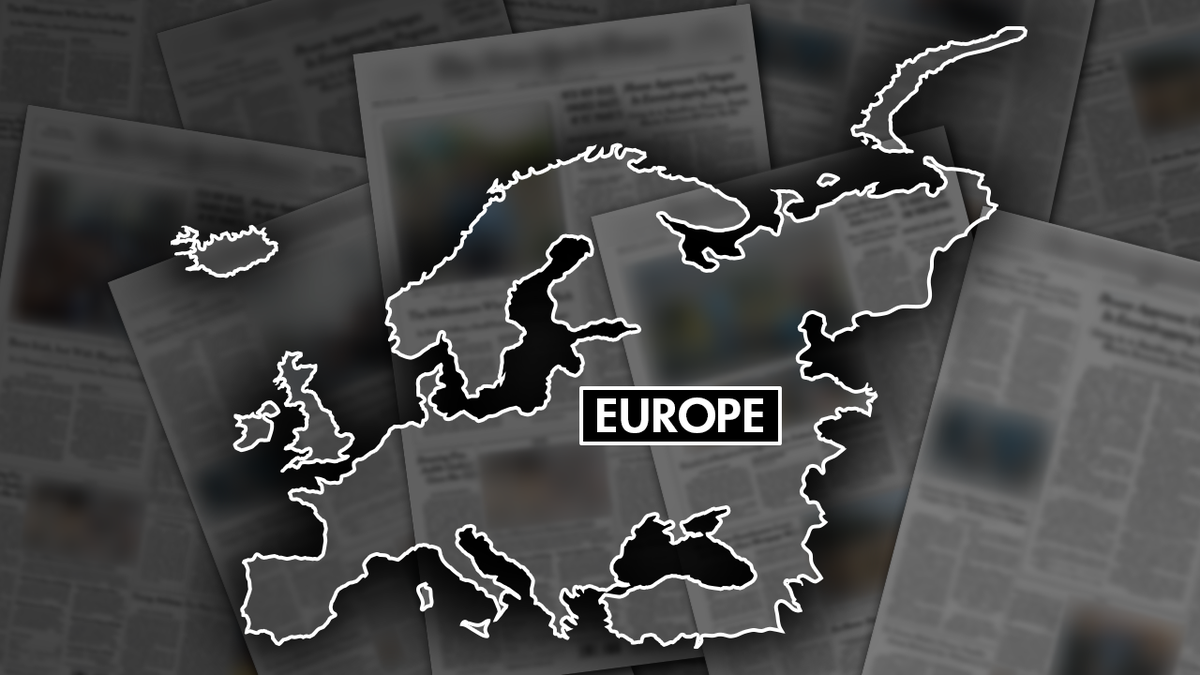While Elon Musk's dramatic downsizing of USAID might seem excessive, an inside look reveals a deeply dysfunctional organization desperately in need of reform. Having spent eight years within USAID, I witnessed firsthand the blend of impactful work and crippling bureaucratic inefficiencies. Although Musk's criticisms may be overstated, the agency's wastefulness is undeniable.
USAID's accomplishments, such as saving millions of lives through HIV/AIDS programs and contributing to global health improvements, are significant and should not be dismissed. These initiatives, along with humanitarian efforts and partnerships like the Gorongosa National Park restoration project, demonstrate USAID's potential and positive influence.
However, this potential is often stifled by internal issues. Instances of mismanagement, such as the delayed COVID-19 funding responses in India and Latin America, showcase a pattern of bureaucratic ineptitude that has cost lives and squandered resources. Further highlighting this dysfunction is the rampant waste within the aid-industrial complex, including exorbitant overhead charges and questionable results reporting by contractors.
My personal experience as a whistleblower exposed the retaliatory nature of some within the agency, further emphasizing the need for change. After identifying and rectifying instances of mismanagement related to COVID-19 funding, I faced retaliation from the very bureaucrats whose errors I corrected. This ultimately led to a protracted legal battle, illustrating the deep-seated issues within the organization.
Despite these shortcomings, USAID plays a crucial role in global development and humanitarian aid. Its contributions to global health, disaster relief, and international partnerships are invaluable. The challenge lies in balancing the need for reform with the preservation of essential services. While Musk's approach may be extreme, it has brought much-needed attention to the agency's internal struggles. The key now is to ensure that the restructuring process addresses the root causes of dysfunction while preserving the agency's vital contributions.










